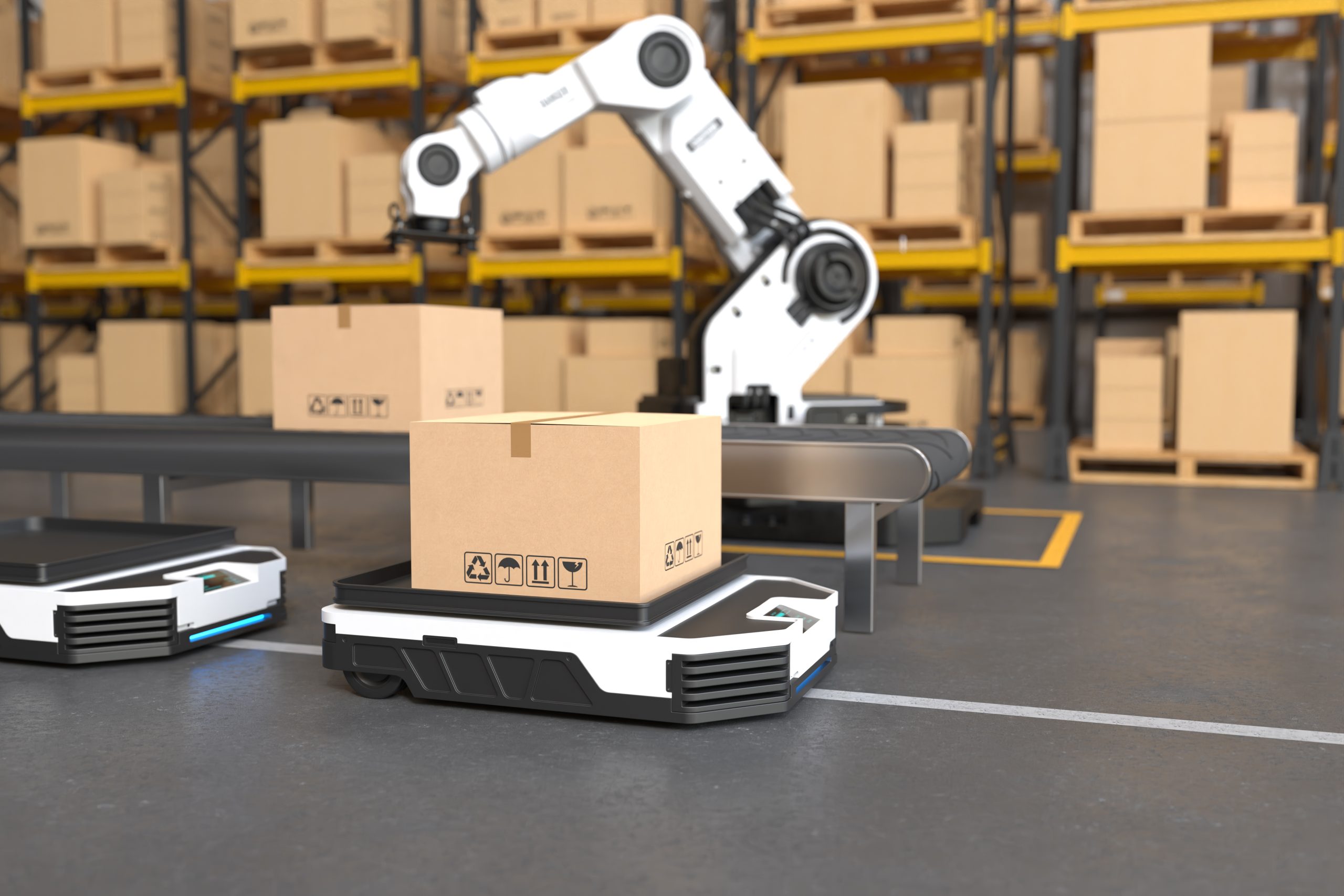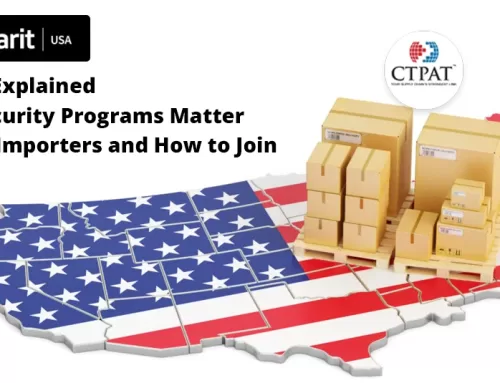For U.S. importers, staying compliant while managing costs and speed is no small challenge. Customs and Border Protection’s Automated Commercial Environment (ACE) is one of the most powerful tools available to help manage that complexity. While most businesses use ACE for standard entry filings, many overlook its hidden features that streamline compliance, improve visibility, and even cut costs.
If you are only using ACE for the basics, you could be missing opportunities that your competitors are already leveraging.
Why ACE Matters for Importers
ACE is CBP’s centralized online portal for trade processing. It allows importers, brokers, and carriers to file documents electronically, reducing paperwork and delays. More importantly, ACE integrates data across government agencies, giving importers one digital location to manage most of their compliance responsibilities.
Whether you are a small business or a seasoned importer, ACE reduces risk by ensuring compliance across multiple agencies and tariff rules. For example, knowing how your imports fall under different tariff rules can prevent overpaying duties or penalties. If you are importing goods covered under Section 301 or anti-dumping duties, tools in ACE can help you track and confirm your compliance (see more here).
Hidden Features Importers Should Use
Here are some often-overlooked functions inside ACE that can make a big difference:
- Report Builder for Trade Data
Importers can run customized reports to analyze shipments by product category, tariff code, or country of origin — helping uncover duty-saving opportunities and supply chain inefficiencies. This feature is invaluable for spotting duty-saving opportunities or trends that might affect supply chain costs. - Cargo Release Status
Instead of relying solely on your broker or carrier, you can check cargo release updates directly. This ensures you are never left in the dark about delays or inspections. - Post-Summary Corrections (PSC)
Errors in filings are common. With PSC functionality, importers can amend entries after filing, helping avoid penalties and demonstrating proactive compliance to CBP. - Protest Filing
If you believe CBP assessed duties incorrectly, you can use ACE to submit protests digitally. This can speed up resolution and reduce back-and-forth paperwork. - Partner Government Agency (PGA) Integration
Many imports require approvals from agencies beyond CBP, such as the FDA or EPA. Through ACE, you can file documents once and meet multiple agency requirements at the same time. For consumer goods such as toys or beauty products, ACE’s PGA integration ensures compliance with agency rules efficiently. For a deeper dive, see our guide on toy import compliance.
Connecting ACE to Your Business Strategy
ACE is more than a compliance tool; it is a window into how your imports affect your business. By tracking tariff classifications and duty payments in real time, importers can plan inventory more accurately and prevent unexpected cost overruns. For example, businesses importing furniture, footwear, or home décor can track classification trends and prevent overpaying on duties (explore more on furniture imports here or footwear imports here).
E-commerce brands also benefit from ACE because it provides clarity on filing responsibilities that differ from traditional retail distribution (see the differences here).
Common Pitfalls to Avoid
Even with ACE’s advantages, some importers fall into predictable traps:
- Not checking cargo release status frequently leads to shipment delays.
- Relying solely on brokers without using ACE for oversight.
- Forgetting to use post-summary corrections to fix mistakes early.
- Overlooking PGA requirements can cause clearance delays.
For first-time importers, using ACE alongside a digital customs broker can simplify the learning curve. See our best practices guide for more details.
Why a Digital Customs Broker Complements ACE
While ACE gives importers direct visibility, navigating it alone can feel overwhelming. That is where a digital customs broker comes in. A platform like Clearit USA can integrate seamlessly with ACE, handle filings, and help you unlock the full potential of its hidden features. Whether you are importing textiles, home décor, or products subject to new tariff rules, having a broker ensures you do not miss compliance steps or savings opportunities (see more about importing textiles here).
Final Thoughts
ACE is more than just a government portal; it is a powerful toolkit for modern importers. By using its hidden features, importers can save time, reduce costs, and gain better control over their supply chains. The key is knowing how to use it effectively and pairing it with the right digital brokerage support.
Ready to make ACE work for you? Clearit USA specializes in digital customs brokerage that gives you compliance confidence without the paperwork headache. Get started today and unlock smarter importing.



